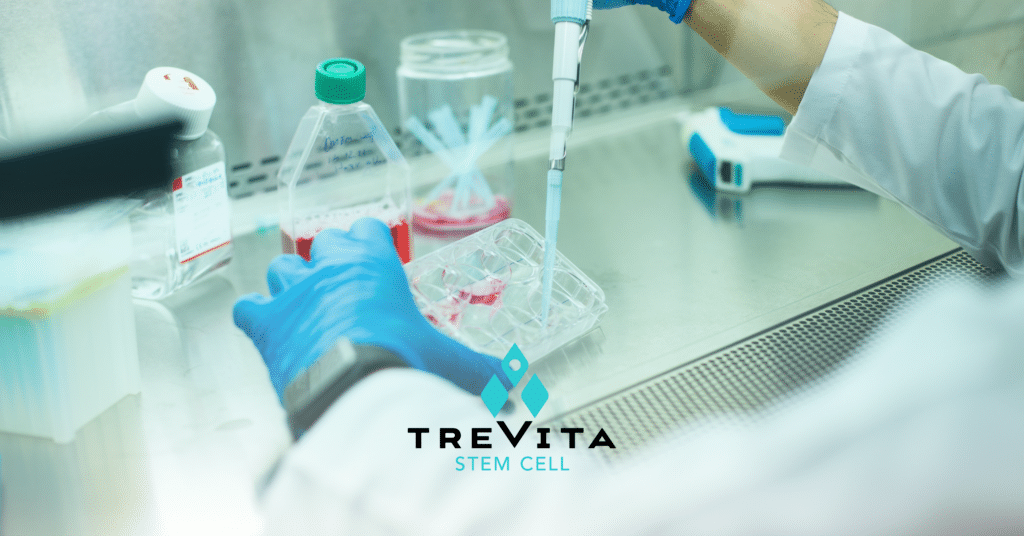Stem cell transplant, also known as bone marrow transplant, is a crucial medical procedure used to replace damaged or diseased bone marrow with healthy stem cells. With the potential to cure various blood-related diseases, certain cancers, and immune system disorders, this treatment offers hope to many patients. Let’s look into the different types of stem cell transplants, the procedure itself, and what patients can expect during and after the treatment.
Understanding Stem Cell Transplantation
Stem cell transplants involve infusing healthy stem cells into a patient’s body to replace damaged or diseased bone marrow. Stem cells are versatile, undifferentiated cells capable of developing into various specialized cell types, including those crucial for blood function, such as oxygen-carrying red blood cells and infection-fighting white blood cells.

Types of Stem Cell Transplants
Stem cell transplants are categorized based on the source of the replacement cells:
- Autologous Transplant: Utilizes the patient’s own stem cells, harvested from their bloodstream before undergoing treatment like chemotherapy. This type is often employed for lymphomas and multiple myeloma.
- Allogeneic Transplant: Involves stem cells sourced from a genetically matched donor, typically a sibling or closely matched unrelated individual. This type is common for leukemia and genetic blood disorders.
- Syngeneic Transplant: Uses stem cells from an identical twin, offering a perfect genetic match and minimizing the risk of rejection.
The Stem Cell Transplant Process
1. Preparation (Conditioning) Before transplant, patients undergo a conditioning regimen, involving chemotherapy, radiation therapy, or both. This process eliminates diseased or damaged bone marrow and creates space for the new stem cells.
2. Transplant During the transplant procedure, healthy stem cells are infused intravenously into the patient’s bloodstream, where they migrate to the bone marrow and initiate the production of healthy blood cells.
3. Recovery Following the transplant, patients enter a recovery phase lasting weeks to months. They require close monitoring to manage potential complications like infections and graft-versus-host disease (GVHD), where donor immune cells attack the recipient’s body.
Potential Complications and Risks
- Graft-Versus-Host Disease (GVHD): Donor immune cells attacking the recipient’s tissues.
- Infections: Weakened immune system increases susceptibility to infections.
- Rejection: The body may reject the new stem cells.
Benefits of Stem Cell Transplantation
Despite risks, stem cell transplants offer significant benefits:
- Disease Cure: Many patients achieve remission or cure.
- Improved Quality of Life: Patients often regain normal activities post-recovery.
- Research Opportunities: Ongoing advancements enhance treatment outcomes and expand disease applications.
Conclusion
Stem cell transplantation is a complex yet potentially life-saving procedure that has transformed the treatment landscape for serious diseases. With continuous advancements in medical technology, stem cell transplants offer hope and healing to patients worldwide. If considering this treatment, consult with specialized medical professionals to weigh potential risks and benefits fully.
Schedule your free consultation with TreVita
